Olympus E-510
-
-
Written by Gordon Laing
Olympus E-510 vs E-410 vs Canon EOS 400D / XTi real-life noise
Olympus E-510 Noise Filter comparison
The Olympus E-510 offers four different Noise Filter settings: Off, Low, Standard and High. Standard is the default setting, so that’s what we’ve used in the comparisons against the E-410 and Canon EOS 400D / XTi above. To see how the E-510 handles the same subject matter with its different Noise Filters though, we shot the same scene as above using each setting – and at each ISO – and presented 100% crops below. As above, we used the E-510’s default Natural Picture Adjustment mode, with Sharpness at its mid setting.
With the Noise Filter switched off in the first column, there’s unsurprisingly greater evidence of noise speckles on the samples, but also a noticeably higher level of detail. If you’re willing to apply noise reduction using software later, then we’d recommend using the E-510 with its Noise Filter switched off; there’s also some benefit to reducing the sharpness setting here. Switching the Noise Filter to Low loses some detail to processing, but to our eyes looks like the best overall compromise for generating in-camera JPEGs. Indeed the Standard Noise Filter setting looks quite aggressive in comparison and we’d say Olympus has chosen the wrong one for its default setting. Finally, the High Noise Reduction filter may ensure you won’t see any speckles, but at the cost of detail – we can’t imagine many people using this setting.
Once again these results are the same as those observed with the E-410, and as such our analysis hasn’t changed: if we were intending to apply noise reduction later, we’d shoot with the Noise Filter turned off (and the sharpness reduced), and if we wanted to use JPEGs straight from the camera, we’d set it to Low. Both offer detail benefits over the default Standard setting.
Note: in this test we fixed the aperture and doubled the ISO. If the actual sensitivity is doubled, the shutter speed should halve, but like the E-410, the new E-510 appears to gradually lose sensitivity as the range is increased – so its 1600 ISO is actually about one third of a stop less sensitive than 1600 ISO on, say, the Canon EOS 400D / XTi. So the E510’s maximum actual sensitivity, like the E-410, is actually closer to 1250 ISO.
Olympus E-510 Noise Filter: Off |
Olympus E-510 Noise Filter: Low |
Olympus E-510 Noise Filter: Standard |
Olympus E-510 Noise Filter: High | |||
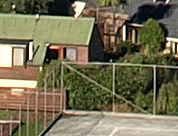 |
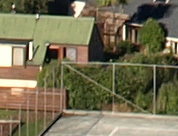 |
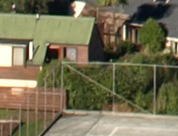 |
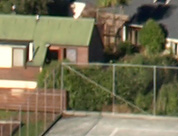 | |||
100 ISO |
100 ISO |
100 ISO |
100 ISO | |||
 |
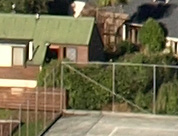 |
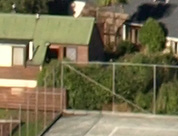 |
 | |||
200 ISO |
200 ISO |
200 ISO |
200 ISO | |||
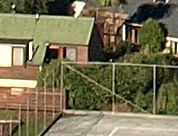 |
 |
 |
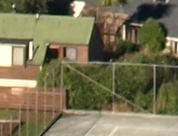 | |||
400 ISO |
400 ISO |
400 ISO |
400 ISO | |||
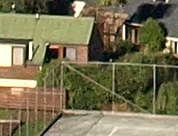 |
 |
 |
 | |||
800 ISO |
800 ISO |
800 ISO |
800 ISO | |||
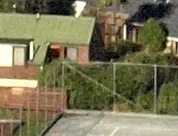 |
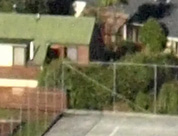 |
 |
 | |||
1600 ISO |
1600 ISO |
1600 ISO |
1600 ISO |
To compare noise levels under real-life conditions we shot this scene using the Olympus E-510, E-410 and Canon 400D / XTi at each of their ISO sensitivities and using their best quality JPEG settings. The samples were taken moments apart. Each camera was fitted with their respective kit lenses: the same Olympus ZD ED 14-42mm lens was used for both Olympus bodies and the Canon EF-S 18-55mm used for the 400D / XTi. |
The 400D / XTi captures a wider 3:2 frame, but the focal length of each lens was adjusted to deliver the same vertical field of view. As a result the Olympus crops have a slight resolution advantage vertically and therefore show correspondingly smaller areas. The crops are taken from an area just below and to the left of the centre. The image above was taken with the Olympus E-510 at 21mm f8, with a sensitivity of 100 ISO; the original SHQ JPEG measured 6.74MB. The Olympus E-410 and Canon 400D / XTi images were taken with matching exposures (1/200 at 100 ISO) and their 100 ISO samples measured 6.83 and 3.58MB respectively. The E-510 and E-410 were set to their default Noise Reduction settings, with their Noise Filters set to Standard. Both Olympus cameras were also set to their Natural Picture Adjustment modes – this is the default for the E-510. Between 100 and 400 ISO, the Olympus E-510 delivers good, clean results with little noise or noise reduction artefacts. Like most DSLRs, the big fall in quality occurs at 800 ISO, where the E-510 exhibits much higher noise reduction and smearing of ultimate detail as a result. The 1600 ISO result looks quite fuzzy and has been quite compromised. Slight brightness variations aside, these results are identical to the E-410. This is expected though as both cameras share the same sensor and image processor, and both were using the same settings, not to mention the same lens. In this particular set of results, the Olympus bodies deliver superior levels of detail at lower sensitivities to the Canon EOS 400D / XTi. At higher sensitivities though, we’ve found the Canon often does a better job at retaining detail compared to the default noise reduction strategy of the E510 and E-410 which can generally smear it out. Interestingly this default approach by the latest Olympus bodies is quite different to the earlier E-400, which wasn’t afraid to turn down the noise reduction to maintain detail. See our Olympus E-400 results for more details. Luckily, like the E-410, the new E-510 offers the choice of four different Noise Filter settings, two of which deliver less aggressive noise reduction – and we have samples of them all lower down this page. |
Olympus E-510 Using ZD 14-42mm |
Olympus E-410 Using ZD 14-42mm |
Canon 400D / XTi Using EF-S 18-55mm | ||
 |
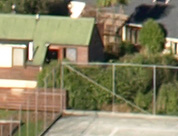 |
 | ||
100 ISO |
100 ISO |
100 ISO | ||
 |
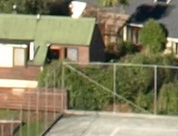 |
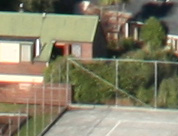 | ||
200 ISO |
200 ISO |
200 ISO | ||
 |
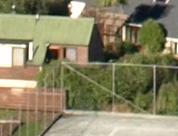 |
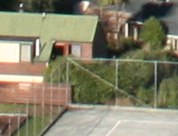 | ||
400 ISO |
400 ISO |
400 ISO | ||
 |
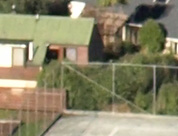 |
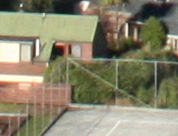 | ||
800 ISO |
800 ISO |
800 ISO | ||
 |
 |
 | ||
1600 ISO |
1600 ISO |
1600 ISO |





